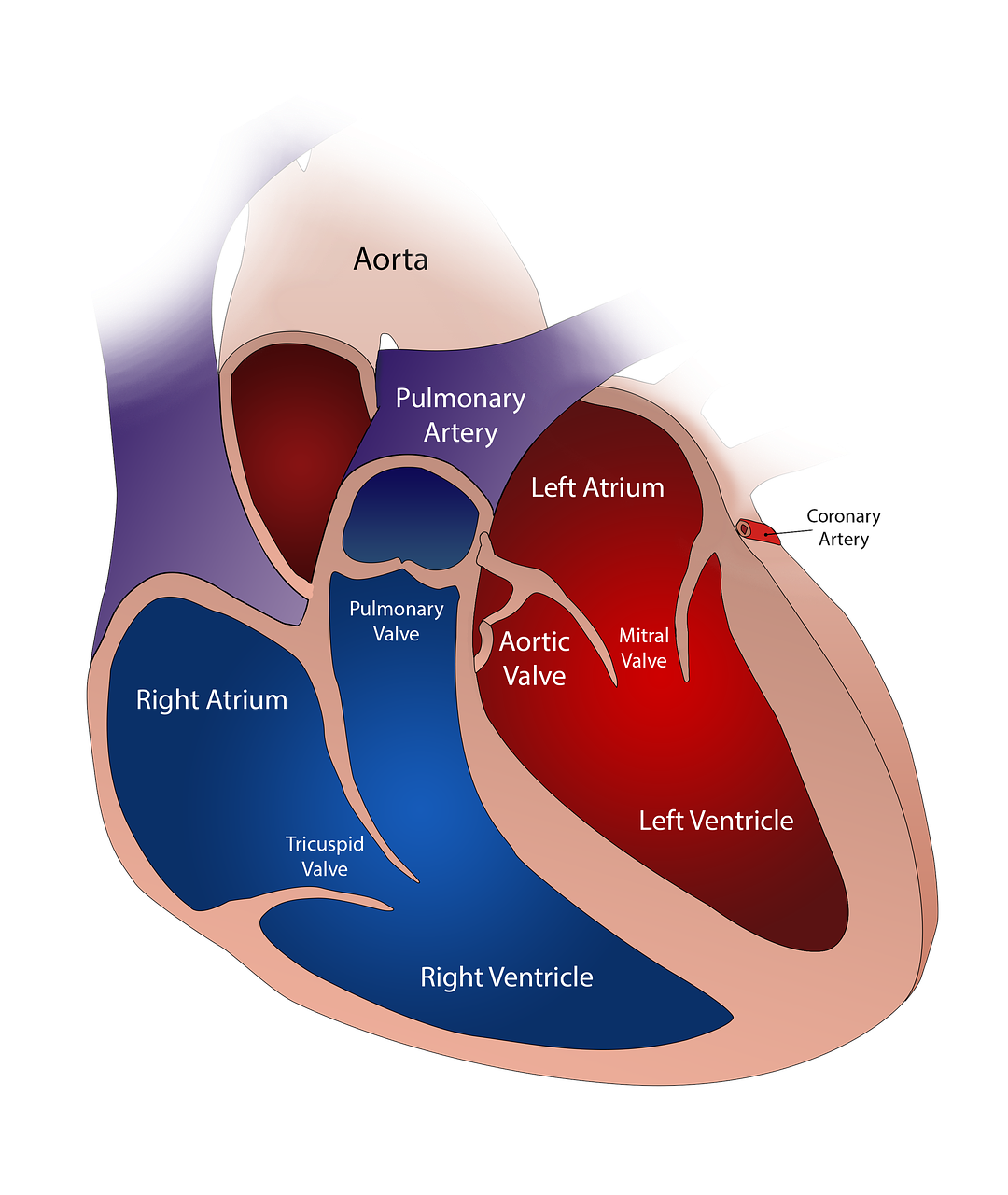It is a procedure to visualize the blood supply of your heart in real time. It is the gold standard. It involves a small needle prick to anaesthetise the skin, followed by a larger needle prick to permit a wire entry. Over this wire a catheter (small pipe like structure ) is taken to heart and radio-opaque dye is used to see the arteries.
Risk worldwide : 1 in 1000 can become very sick. There may be some cases of dye allergies.
It is done to remove the block from the arteries of heart ( coronary arteries). Procedure is similar to angiography, the catheter is of a different type, a thin wire is passed across the block and the block in the artery is opened up. To keep it in open position a stent ( special metallic scaffold) is put there.
Risk worldwide : 1 in 100 can become very sick. In an emergency situation, this risk may increase to 3-5 in 100 depending on the condition of the patient.

It is a special device used to drill through hard calcified blocks in the arteries of heart.
It is a special catheter which helps in looking at the insides of the artery. It also helps in sizing the artery and detecting complications which get missed on the routine angiography. Studies have established firm role of OCT in all angioplasty and stenting.
But it adds to the cost of treatment.
Should you be interested, please ask for the procedure to your cardiologist.
It is a wire based ultrasound, which shows the insides of arteries of heart. It has a similar role like OCT.
Should you be interested, please ask for the procedure to your cardiologist.
It is a wire based on Doppler technology to measure gradient across a lesion.
It has been found that a lot of blocks which look serious on angiography, turn out to be not so severe. This avoids bypass surgery or extra unnecessary stents.
This is a must in most cases in the USA to scientifically establish need of stent.
Should you be interested, please ask for the procedure to your cardiologist.
If the heart does not beat regularly, a device has to be put to stimulate the heart beats.
This device is placed under the skin, with wires going into the heart.
It is of two types - single chamber and dual chamber.
MYCRA pacemaker :There is a new wireless pacemaker also available which is implanted directly in the heart of the patient. This does not involve any cut on skin and is done through upper thigh after local anaesthesia. Should you be interested, please ask for the procedure to your cardiologist.
It is special type of pacemaker which paces 03 chambers of heart. This is used in heart failure management.
Should you be interested, please ask for the procedure to your cardiologist.
All patients who have a low ejection fraction of heart , are prone to abnormal heart rhythm ( Ventricular tachycardia &Ventricular Fibrillation) causing a sudden heart attack and death. The treatment is immediate shock to correct the abnormal heart beats. Automated Implantable Cardioversion Device (AICD) is a pacemaker like device which is placed under the skin and leads are put in heart to deliver small amount of shock directly to heart. This helps save life.
AICD is recommended to be placed in all cases with ejection fraction of heart less than 30%.Should you be interested, please ask for the procedure to your cardiologist.
As the name suggests, it is a combination of heart failure management device and shocking device. It is useful in saving life and improving symptoms in patients of heart failure. Should you be interested, please ask for the procedure to your cardiologist.
Some people are born with a defect in their heart. Two chambers right and left atria are joined together because of a defect in the atrial wall dividing them. After giving a small injection to the upper thigh , a wire is taken up-to the heart through a needle puncture. An umbrella like device is placed across the defect closing it. This saves the patient from operation involving opening of chest and a scar.
This is a procedure done to open up narrowed heart valves. It is again done through a needle puncture in upper thigh after giving local anaesthesia. A balloon is taken across the affected valve and the valve is opened up without any need of operation.
Risk: It is a blind procedure with little control on opening of the valve and can rarely result in valve opening up more than usual , needing emergency surgery.
In higher risk patients, it is preferred to place the aortic valve through upper thigh. This helps avoid open bypass surgery. It is an expensive procedure but has early recovery.
Should you be interested, please ask for the procedure to your cardiologist.
Aorta is the biggest artery of body carrying blood to the whole body from heart. Sometimes it develops aneurysms (outpouching) which has risk of rupture.
The repair used to be done by surgery earlier.
Now, repair of Aorta ,by covered stents done through the upper thigh is the standard accepted procedure.
It is a small propellar like device, inside a catheter, used in serious heart failure or low blood pressure cases for helping in management or urgent angioplasty. It is an expensive procedure and should you be interested, please ask for the procedure to your cardiologist.